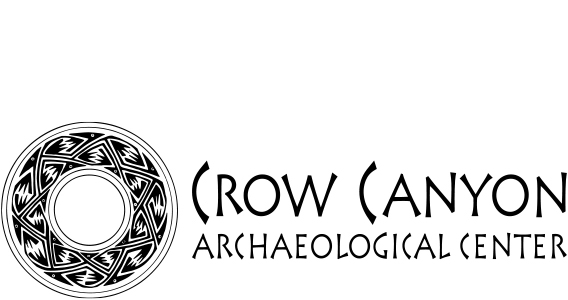Erin Baxter (Ph.D. University of Colorado, Boulder) is Curator of Anthropology at the Denver Museum of Nature and Science. She earned a master’s degree in Museum and Field Studies at CU-Boulder in 2012 with a focus on architectural elements of a Chaco great house in southeastern Utah. She has a B.A. in anthropology and history from Trinity University.
Erin’s research interests include the interpretation of architecture, artifact, and mortuary data and how these analyses shed light on the development of social and political organization, with a focus on reconstructing the deep history of Pueblo society. In addition, Erin seeks to develop new methods for the study of museum collections in order to tap the full research potential of items in these collections.
Erin seeks to reach the widest possible audience with the results of her research. This includes her commitment to teaching, publishing, and presenting her work to both professionals and the public through a variety of media.
### 2015 Fellow Abstract
Erin’s research focuses on one of the world’s most important archaeological sites, Aztec West, the largest Chaco great house built outside of Chaco Canyon. The Aztec Ruins sites have been protected as a national monument since 1923 and recognized as a UNESCO World Heritage site since 1987. Located about 70 miles north of Chaco Canyon in northwestern New Mexico, and built and occupied between about A.D. 1100 and 1300, Aztec is viewed as a political and ceremonial center and a successor to an earlier center at Chaco.
Erin’s dissertation draws on previously under-inspected museum collections assembled almost a century ago during Earl Morris’s excavation of 173 rooms at the Aztec West great house. Museum collections include notes, maps, and a remarkable photographic record that includes more than 1,200 never-before-published images. Additional archival resources include early maps drawn by Aztec’s first explorers and oral histories from local residents. The analysis of these materials allows Erin to reassess the building sequence, document architectural details, evaluate artifact deposition, reconstruct activity areas, determine room use, and reanalyze numerous burials.
Erin’s research employs new method and theory developed in the fields of education, semiotics, and history to analyze these archival materials. Her innovative approach combines grounded theory, inductive coding, multimodal analytic techniques, and a micro-historical approach. This pioneering approach holds much promise as studies of museum collections become increasingly important to the field of archaeology.
The substantive results that will emerge from Erin’s study are the most exciting aspect of her proposed research. Her work will provide new insights into the construction, occupation, and depopulation of Aztec Ruins and in so doing will shed light on one of the most important chapters in Pueblo history. In addition, her work will contribute to a variety of topics that are of concern to all anthropological archaeologists, including the emergence of social inequality, the role of violence and conflict, and the development of larger scales of political organization. Finally, Erin will create a database about the materials recovered from Aztec Ruins, making the data available to other researchers for decades to come.




